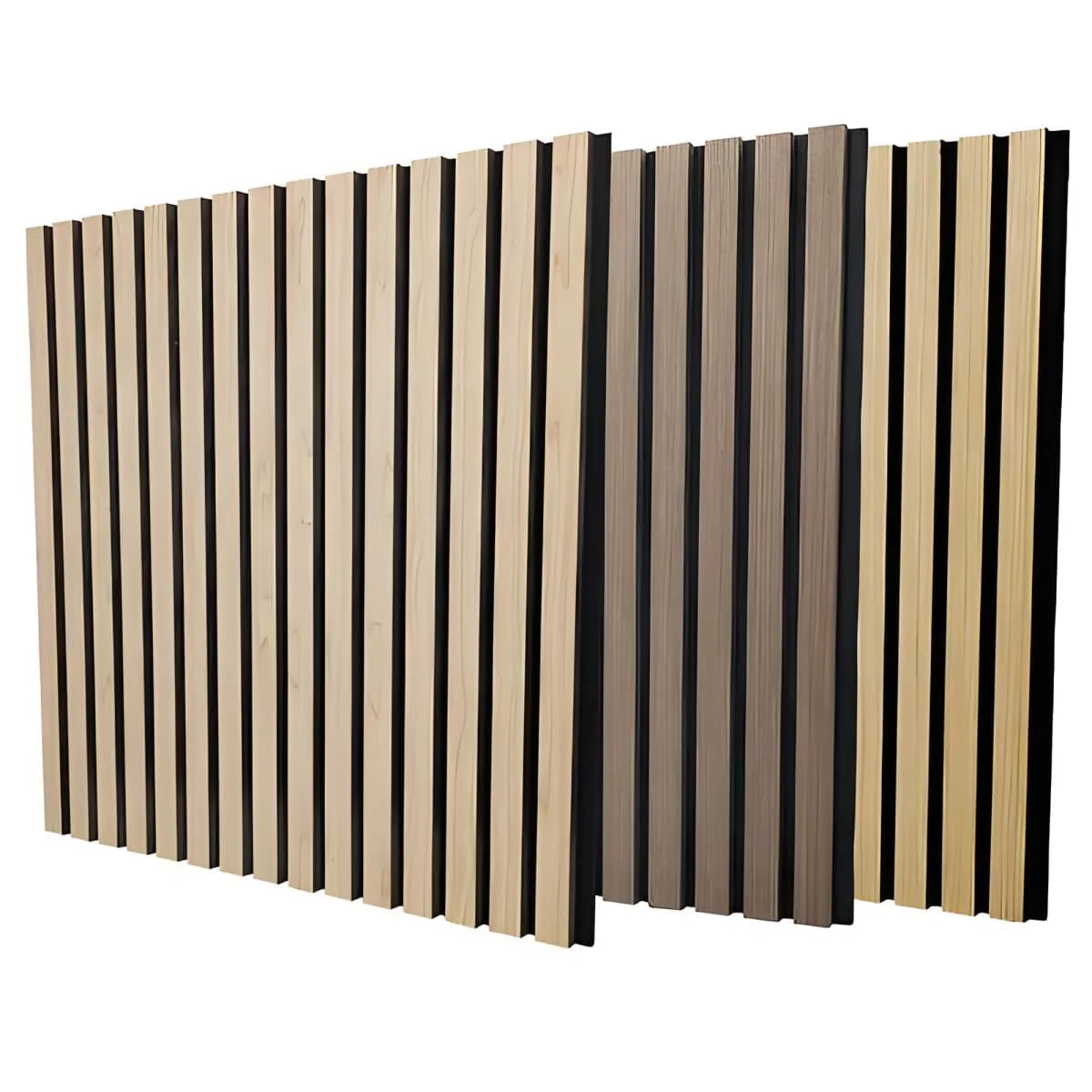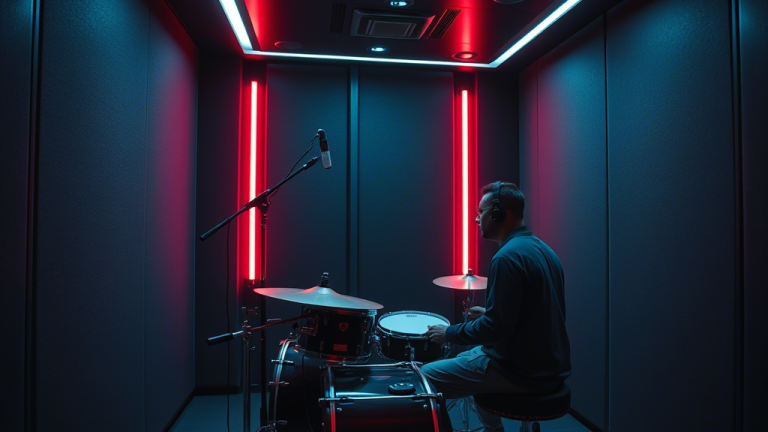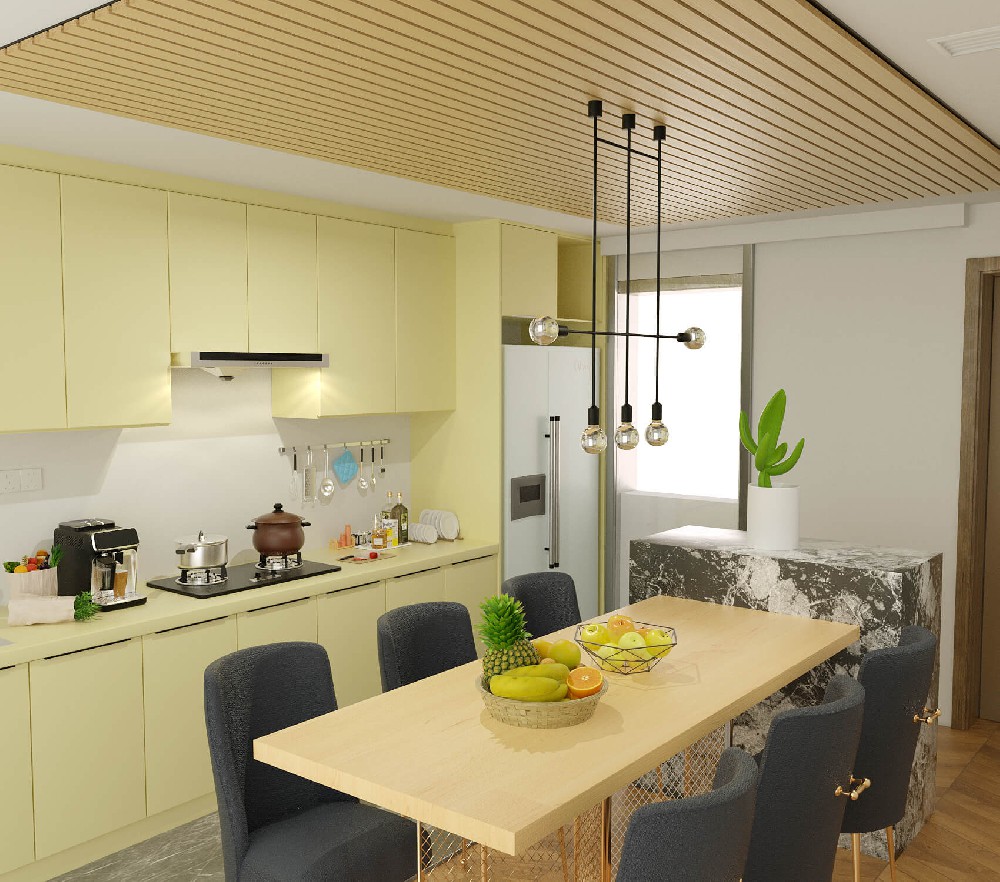This article delves into the comparison between Akupanes and traditional sound-absorbing panels in terms of materials, design, performance, installation, and cost. Through detailed analysis, help readers understand the advantages and disadvantages of both, and thus choose the most suitable sound-absorbing solution based on specific needs. Whether pursuing modern design that combines aesthetics and functionality, or focusing on cost-effective traditional solutions, this article will provide valuable references for you.
Introduction
Acoustic panels are essential for controlling sound in various environments, from offices to recording studios. Two popular options are Akupanels and traditional acoustic panels. This article compares these two types to help you make an informed decision.
Material and Design
Akupanels are known for their innovative design and use of high-quality materials. They often feature a combination of wood and acoustic felt, providing both aesthetic appeal and sound absorption. The modular design allows for creative and customizable installations.
Traditional Acoustic Panels are typically made from fiberglass or foam. While effective, they often lack the visual appeal of Akupanels. However, they are available in a variety of sizes and thicknesses to suit different acoustic needs.
Performance
Both Akupanels and traditional acoustic panels are effective at reducing noise and improving sound quality. However, Akupanels often provide superior sound absorption due to their advanced materials and design. They are particularly effective in environments where both acoustics and aesthetics are important.
Traditional panels, while effective, may require more extensive installation to achieve similar results. They are often used in spaces where cost is a primary concern.

Installation
Akupanels are designed for easy installation, often featuring a click-and-lock system that simplifies the process. This makes them ideal for DIY projects and quick setups.
Traditional acoustic panels may require professional installation, especially for larger or more complex projects. This can add to the overall cost and time required.
Cost
Akupanels are generally more expensive than traditional acoustic panels due to their advanced materials and design. However, their durability and aesthetic appeal can justify the higher cost for many users.
Traditional panels are more budget-friendly, making them a popular choice for cost-conscious projects. They offer a practical solution for effective sound control without breaking the bank.
Conclusion
When choosing between Akupanels and traditional acoustic panels, consider your specific needs and budget. Akupanels offer a blend of superior performance and aesthetic appeal, making them ideal for modern, design-conscious spaces. Traditional panels provide a cost-effective solution for effective sound control, suitable for a wide range of applications.


